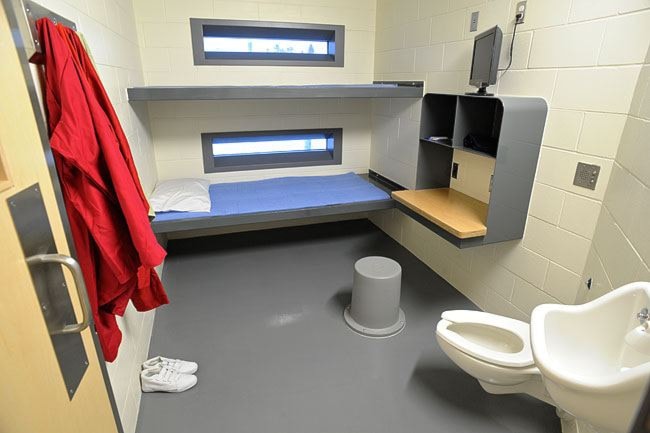When it comes to prisons and aboriginal women, the numbers are startling.
Over the past decade, the number of incarcerated aboriginal women has jumped by more than 90 per cent, according to a Public Safety Department report last year.
Overwhelmingly, Canadian First Nations women are more likely to be jailed, often for simply trying to survive in dangerous environments, says Kim Pate, the executive director of Elizabeth Fry societies in Canada.
“Often in violent situations, women can’t engage in hand-to-hand combat, so they end up picking up something that is later labeled as a weapon,” Pate said.
The practice is known as counter-charging, and sometimes happens when there is a domestic assault where both attacker and victim are injured. The attacker will say “she hit me first,” or accuse his victim of inciting the attack, and both parties end up charged with a crime.
It’s particularly a problem in the Yukon, where the rate of sexual assault is three times the national average. Aboriginal women are also three times more likely to be the victims of violence than non-aboriginal women. In those cases, self-defence can often lead to counter-charges.
“The record is pretty abysmal in terms of police response,” said Elizabeth Sheehy, an expert who studies how the justice system handles battered women who are charged with killing their abusive partners.
“Aboriginal women are really on their own when it comes to violence. They have a higher rate of being assaulted because of the dysfunctional communities that have been created (by colonial history),” she said.
It’s a problem that’s reaching epidemic proportions across the country, and it’s getting worse, especially in the North where there is a lack of support and treatment services, Pate said.
“In Whitehorse itself, there have been a couple of cases where women were jailed because of mental health issues when there weren’t any resources in the community,” Pate said.
“I’ve spoken to police officers who said, ‘The last place I wanted to take her was to jail, but no hospital would take her.’”
Pate and Sheehy joined human rights philosopher (and former Yukoner) Lisa Guenther in Whitehorse this weekend for a public forum discussing the issues affecting aboriginal women in the justice system.
The three women will also be giving presentations all day today at Yukon College.
Sheehy’s work has focussed on 91 women across Canada who were charged with murder after killing abusive husbands or boyfriends.
Forty-one percent of the women whose cases she studied were aboriginal.
“Overwhelmingly, aboriginal women are more likely to plead guilty to manslaughter instead of going to trial,” Sheehy said, “even though if they do make it to trial, they are far more likely to successfully argue self-defence and be acquitted.”
Sheehy said there are many contributing factors including a lack of adequate legal support, but colonial history, residential schools and the often-dysfunctional communities those issues have left behind certainly play a part as well.
“Why do so many of them find themselves in those positions of kill or be killed? Aboriginal women are acutely endangered. It has set aboriginal women up as targets of male violence,” she said.
“Basically historically they were non-citizens. They were dispossessed of their access to land, their access to family ties. There are many legal interventions that created aboriginal women as non-citizens and almost non-persons,” she said.
Guenther’s work takes a more philosophic approach to examining issues like incarceration and its effect on both prisoners and the communities they are removed from. Much of her recent work has focused on solitary confinement.
“Solitary confinement treats people as if they are separable from the world, as if you could just pluck them from the world and other people, put them in a cement box and expect them to become accountable for their actions. It makes people mentally ill, and undermines their capacity to make sense of themselves and perceive the world,” Guenther said.
That can have devastating, and often counter-productive, results when applied to marginalized prison populations like aboriginal women.
Guenther has spent years studying prison populations in the U.S., where young black men are disproportionately targeted and incarcerated. The number of African-American youth being arrested in the States as part of the decades-long war on drugs is becoming an increasingly contentious issue south of the border.
“But it’s actually worse for indigenous Canadians here,” Guenther said.
Canada’s First Nations make up a little over four per cent of the total Canadian population, but constitute more than 20 per cent of Canadians behind bars, according to Statistics Canada. One in three Canadian women sentenced to federal prison is aboriginal.
Contact Jesse Winter at jessew@yukon-news.com
